Spotify Lossless didn't give me what I want — here's what to use instead
I tried, but it's not going to pull me away from my fave
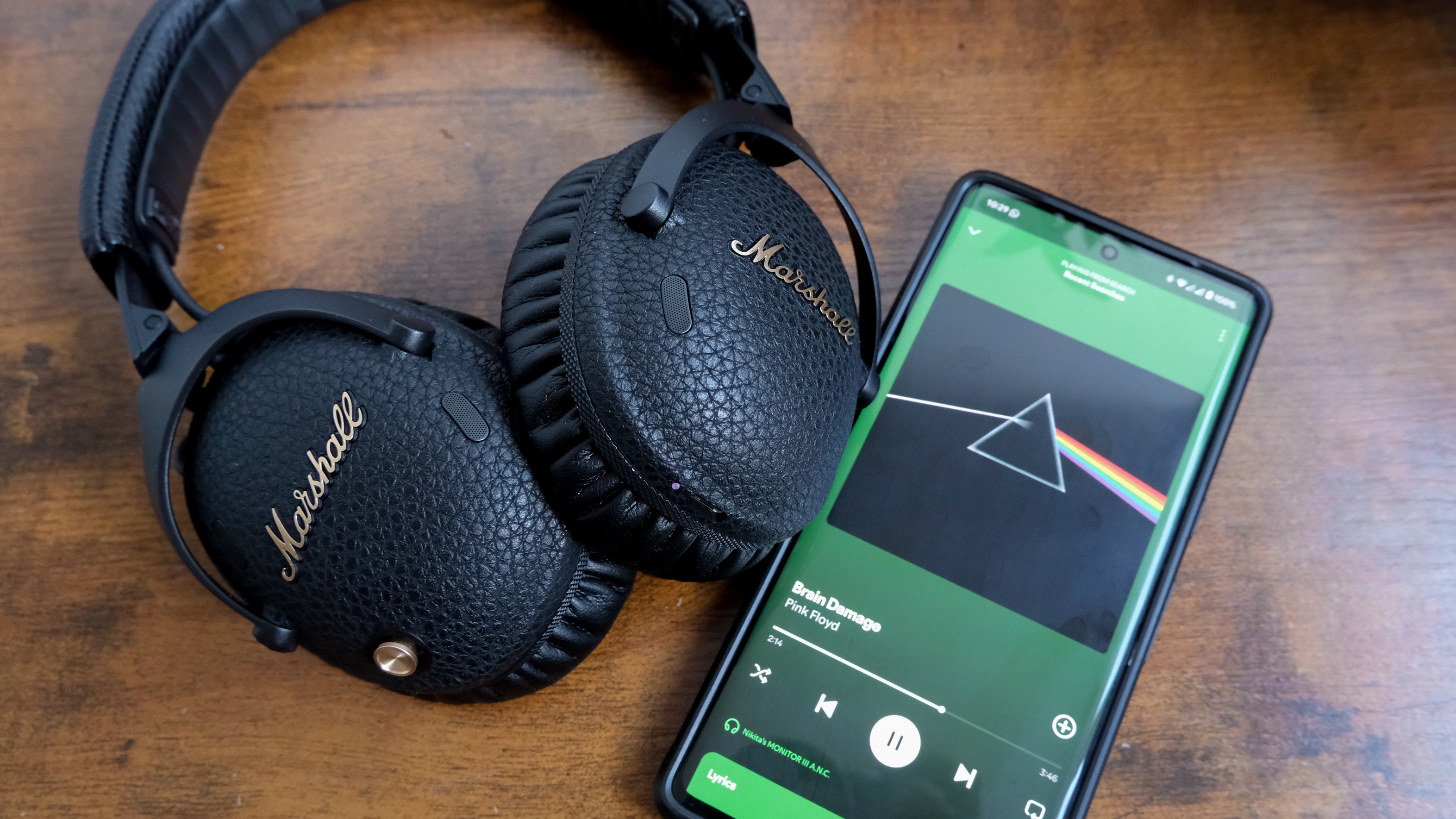
I, like many, had been awaiting Spotify Lossless with bated breath. Finally, the largest streaming service on earth would offer some form of high-quality listening, so that I can use every single megabyte of my mobile data to listen to my favorite death metal in ridiculously high quality while riding the train.
Except it didn't really go that way. See, the 'ridiculously high quality' listening part was something of a non-starter, especially compared to the streaming services I already use. That's to say nothing of Spotify's extra features that served more to irritate and annoy than to improve my music streaming experience.
So, as I did many moons ago, I turned my back on the Green Circle and welcomed my favorite Frenchman back into my home. Not that Qobuz had ever really left — the app was still on my phone, filled with playlists waiting for me like a faithful hound as I returned from a hard day working the fields.
But I can't see myself going back to Spotify any time soon — let me explain.
Qobuz: From $10.99 per month
With the highest streaming quality of any platform that we've tested, Qobuz remains the best way to get incredible sound on the go and around the house. It's not the cheapest, but it's more than worth it for the human-curated content and excellent hi-res selection of tracks.
Why I can't use Spotify
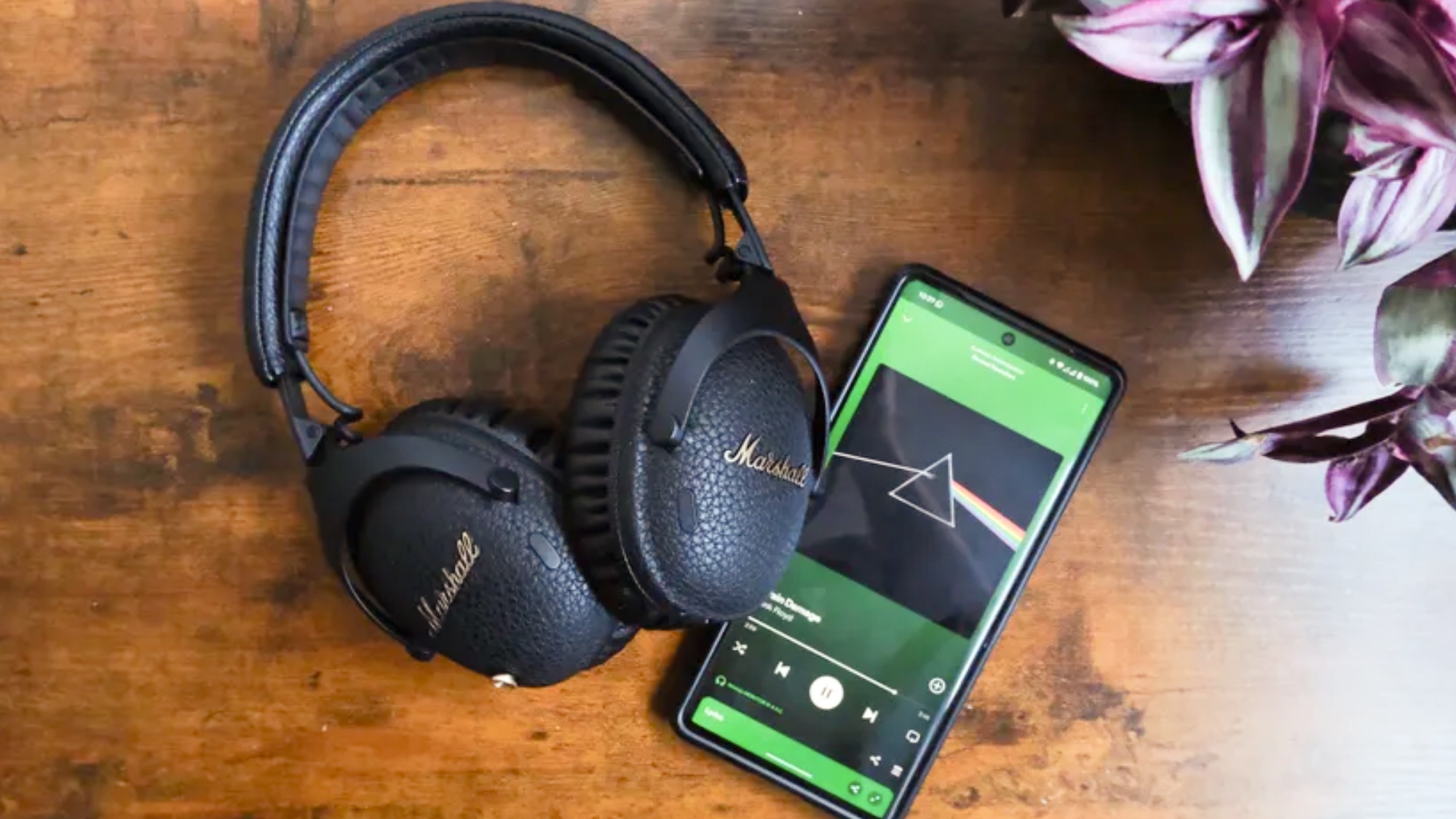
I can't tell you that Spotify Lossless isn't a worthy addition to one of the best music streaming services. It's been a long time coming, and it finally brings higher-quality listening to a wider range of users. That can only be a good thing — even if the majority won't notice a massive difference as they stream their tracks through cheap Bluetooth headphones in a noisy subway carriage.
For those who listen at home through a premium audio system, such as a high-quality soundbar, home HiFi system, or a pair of wired headphones, music will sound better thanks to the increase in track quality. The new FLACs on Spotify are noticeably better when you listen through the right equipment — but they're not the best they could be.
Spotify made a bizarre decision with lossless. Instead of the much higher-quality tracks of Apple Music, Qobuz and Tidal, it decided to restrict the max quality that you'll find on the service. I can see two reasons why this might be.
Get instant access to breaking news, the hottest reviews, great deals and helpful tips.
No. 1: Audiophiles who want those max-bitrates are already entrenched in other services, and the Spotify userbase isn't interested in "bitrates" and "track quality."
No. 2: The higher the track quality, the more data you use on the go. Spotify knows that many of its users are spending their data on the service — finding a happy medium might well be important so that the uninitiated actually use the service.
I am in the former of the two camps. My house is filled with devices that are capable of pulling every single iota of detail out of high-quality tracks, so I want them. Spotify's lower-quality lossless tracks simply aren't up to snuff when I compare them to what I already listen to.
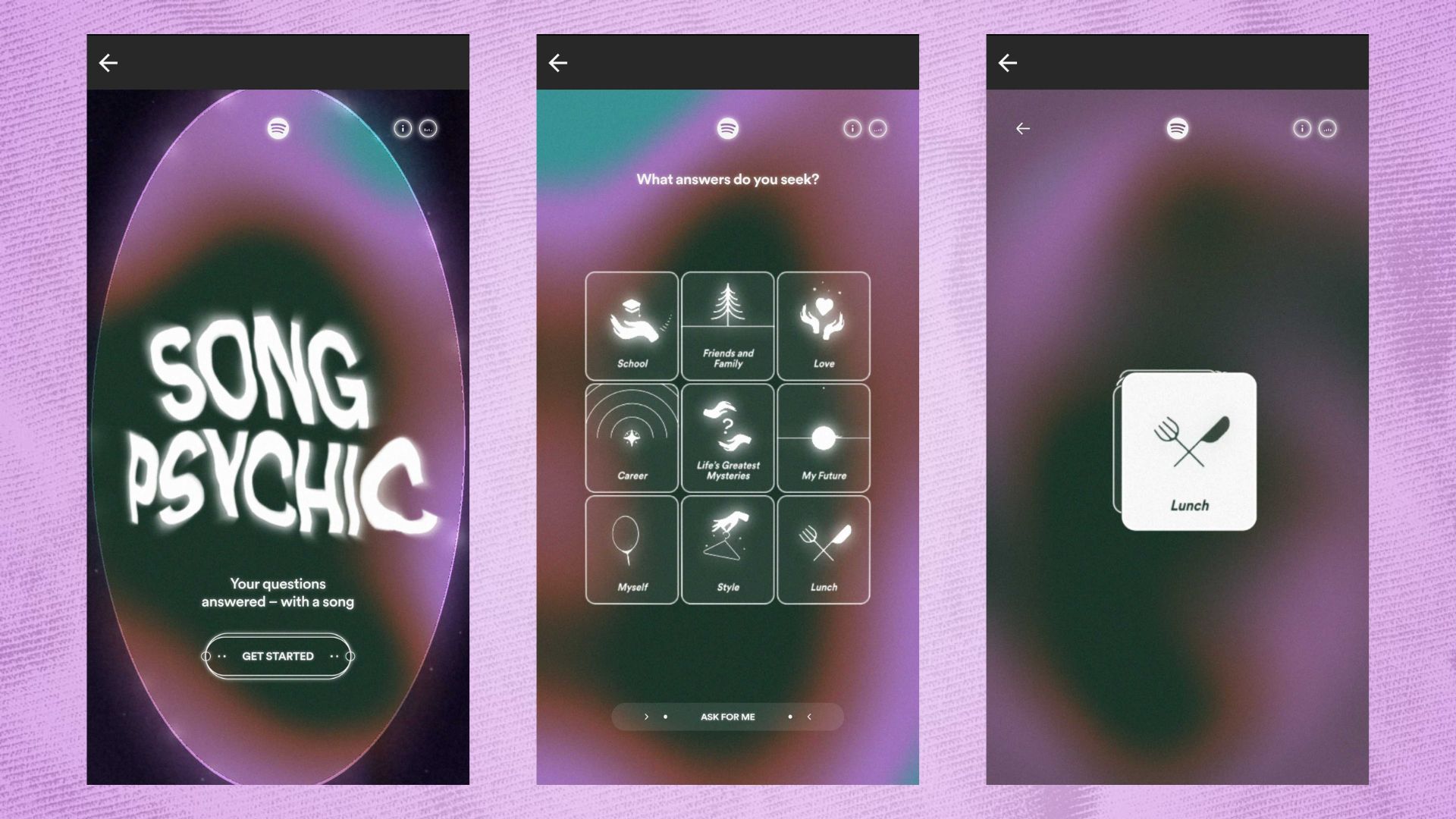
"But what of all the extra Spotify features?" I hear you wail. "Don't those tempt you back to Mr. Eck's streaming service?". In a word — no. In a few more words, they do about as much for me as someone stomping on my toe while singing Taylor Swift's latest album at the top of their lungs, directly into my earholes.
They're painful, annoying, and do more to get in the way than increase my enjoyment of my streaming experience. AI DJ annoys the heck out of me, I couldn't give any less of a hoot about the end-of-year listening stats, and the inclusion of audiobooks and podcasts makes me want to throw my head directly into a brick wall.
I understand that I am an oddity when it comes to these features. There are plenty who like Spotify's talking DJ and its suggestions, and many of my friends listen to audiobooks with their Spotify subscription. But for me, it should be all about the music — and Spotify seems to have forgotten that.
My French Connection

The above image is not a picture of me, but it about sums up how I feel about Qobuz. The platform is all about the music, the tunes, and nothing but the sweet sounds that your favorite artists make when they pick up their instruments of choice. It's single focus is to bring you the best sound quality possible, along with all the features you actually need from a streaming service.
That means I don't have to worry about an AI DJ manipulating my play queue and showing me tracks from an artist I don't care for. I don't have to worry about everyone else's Wrapped listening stats, just listen to my music when and wherever I want.
Qobuz is refreshingly simple, and my four years of subscription to the service show how important it has become to me.
Incredible streaming quality
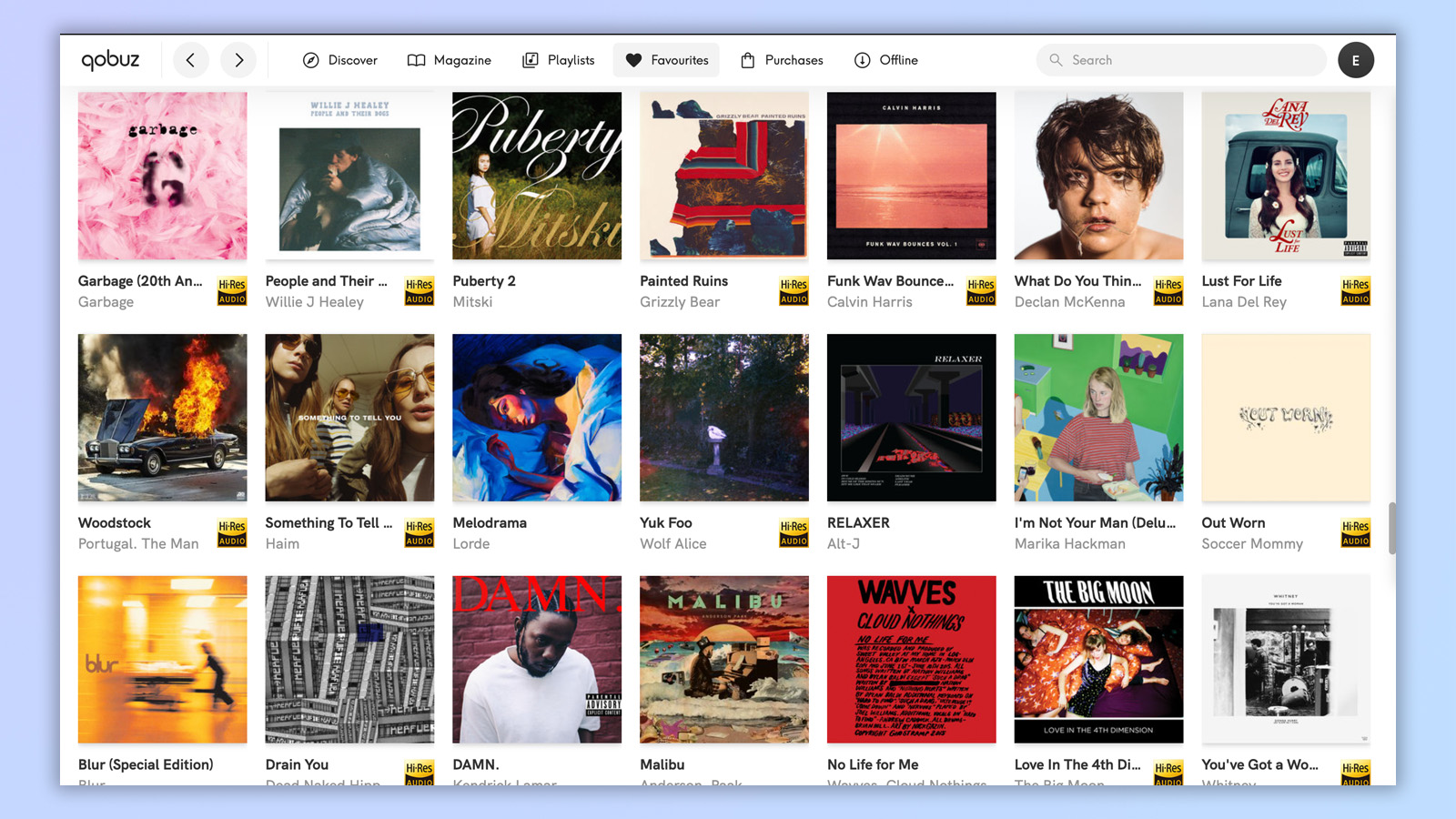
Qobuz also has hi-res, lossless streaming — and it's the very best there is. Remember, the higher quality the track that's being converted down for Bluetooth listening, the better the end result. No, you're not going to notice much of a difference with your sub-$100 earbuds that you got in the Prime Day sales, but users of the Sony WH-1000XM6 or the Bowers & Wilkins PX7 S3 are going to notice a difference.
For those with the correct equipment at home, you're going to find a wider, more engaging experience. There's more detail to be retrieved for speakers to get their teeth stuck into, and more to be found in the low-end for subs.
This increase in quality isn't going to do it for everyone — but it absolutely does it for me.
The human touch
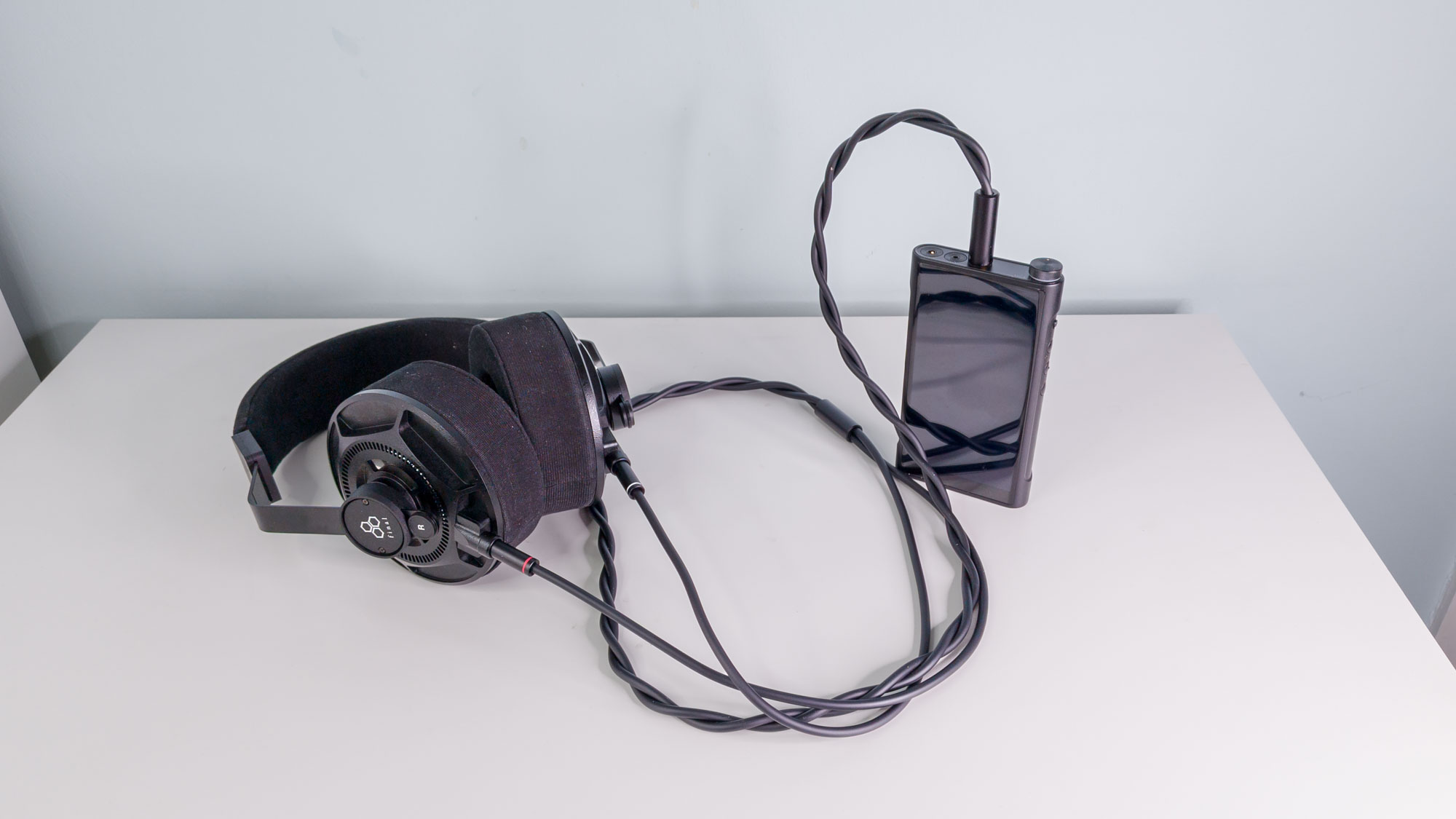
as everything in the world gets quicker and is based around "how much of this can you take in and how quickly can you do it," a slower-paced and more deliberate streamer is a welcome distraction.
One of the best bits of Qobuz is the human-curated library. That doesn't mean that the suggested "up next" tracks are sent to you by someone at Qobuz HQ, frantically trying to find a new track for you to listen to in a music-induced state of panic. That's still done with a constantly improving algorithm.
Instead, it's the playlists and other assorted musical mixes you can find that are created by the Qobuz staff, music critics and experts. I've been able to find music I like much quicker than repeatedly pressing skip on one of Spotify's bloated AI-developed lists, and there's something more personal about using something made by a living, breathing person.
Add in interesting magazine content where you can read about the latest releases or a particular artist's listening habits, and you've a streaming service designed for listeners and appreciators rather than consumers. And, as everything in the world gets quicker and is based around "how much of this can you take in and how quickly can you do it," a slower-paced and more deliberate streamer is a welcome distraction.
The AI conundrum
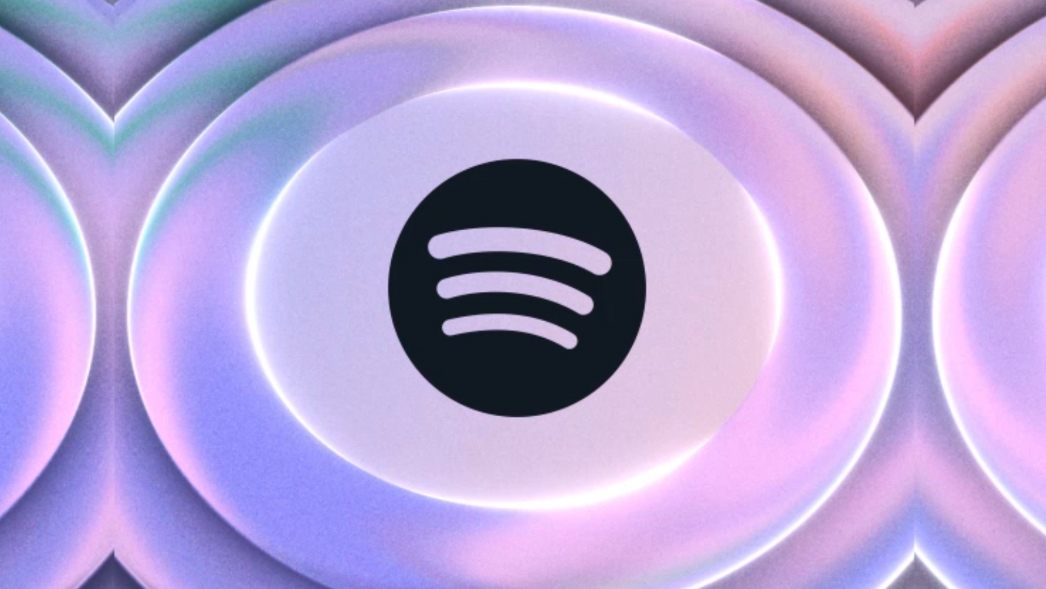
I'll admit it — I'm a luddite when it comes to AI. I just don't get it. So when a service packs itself with AI features and even tries to ram AI-produced music down my ears, I switch off. I want out, and I want out as quickly as I can possibly muster. No thanks, I prefer things made by people.
Qobuz is not free from AI music, but it makes a concerted effort not to suggest it to listeners. Instead, you can report the tracks to Qobuz so that they get removed from the service — something I've done a few times. Unfortunately, keeping up with the sheer amount of stuff that's put on the service is a challenge for even the most dedicated of services, so engagement from users is incredibly important.
To me, music is incredibly personal. I want as little input from a computer as possible, so that I can sit back and engage with the artists and tracks that I love — and Qobuz does just that. I won't be moving any time soon.
Follow Tom's Guide on Google News and add us as a preferred source to get our up-to-date news, analysis, and reviews in your feeds. Make sure to click the Follow button!
More from Tom's Guide
- I ditched my Marshall over-ear headphones for these Beyerdynamic on-ear ones for a week — here’s what happened
- I took the iPhone 17 Pro vs Galaxy S25 Ultra to the beach for a video camera shootout — here’s the winner
- I thought wireless CarPlay and Android Auto were a must have but I was wrong — here's why

Tammy and her generous collection of headphones have found a new home — Tom's Guide! After a two-and-a-half-year stint as iMore's resident audiophile, Tammy's reviews and buying guide expertise have more focus than ever on Tom's Guide, helping buyers find the audio gear that works best for them. Tammy has worked with some of the most desirable audio brands on the planet in her time writing about headphones, speakers, and more, bringing a consumer focussed approach to critique and buying advice. Away from her desk, you'll probably find her in the countryside writing (extremely bad) poetry, or putting her screenwriting Masters to good use creating screenplays that'll never see the light of day.
You must confirm your public display name before commenting
Please logout and then login again, you will then be prompted to enter your display name.

